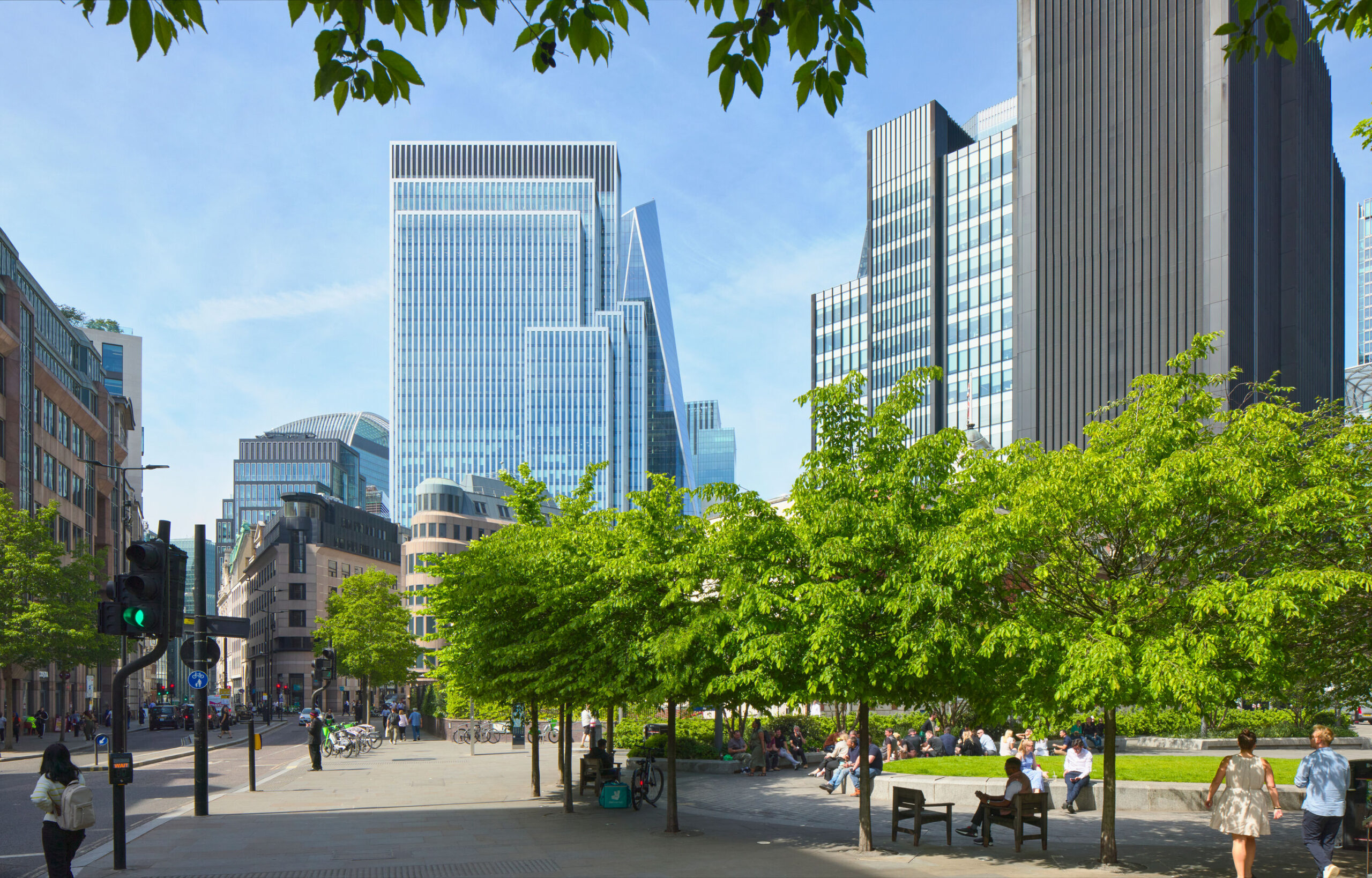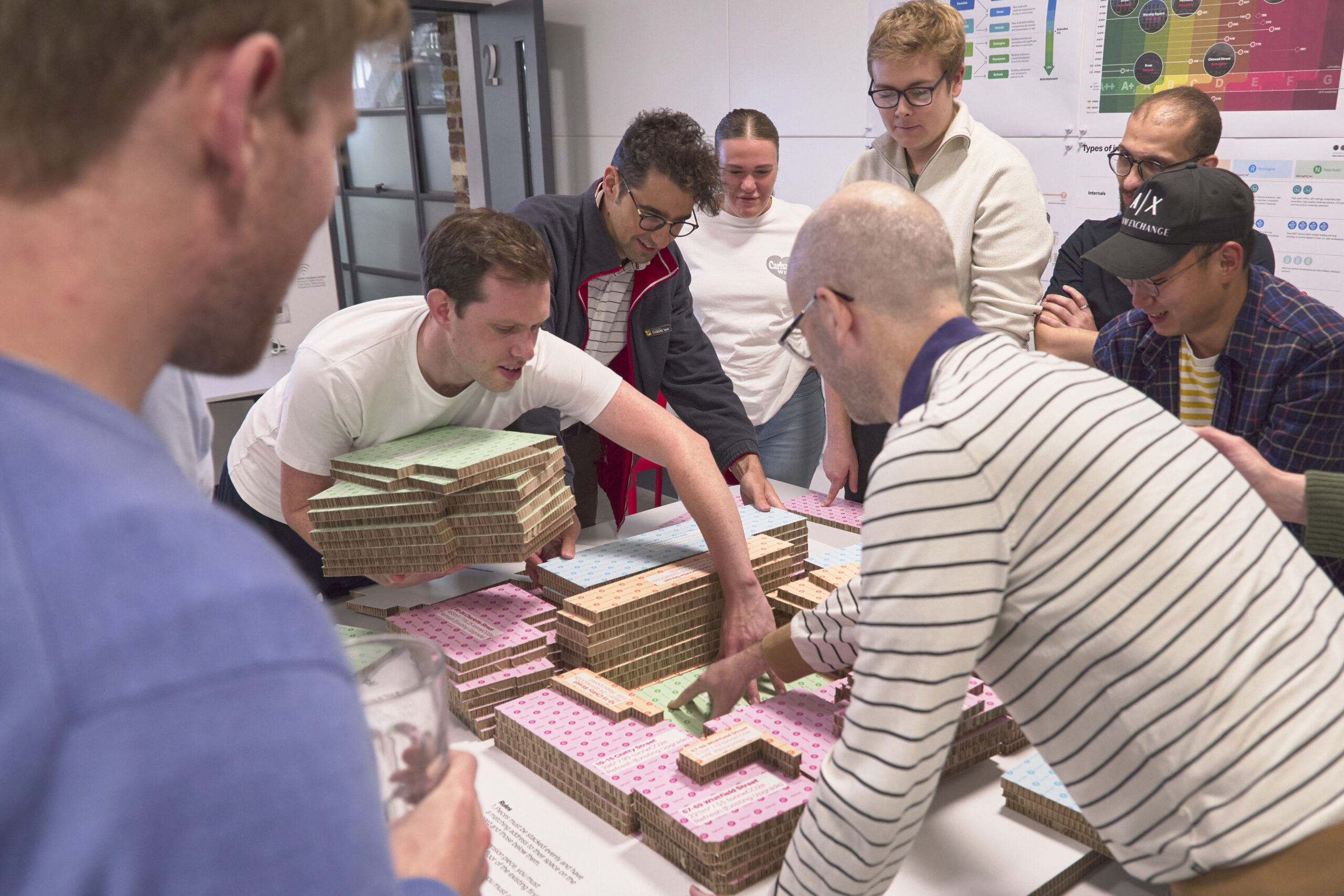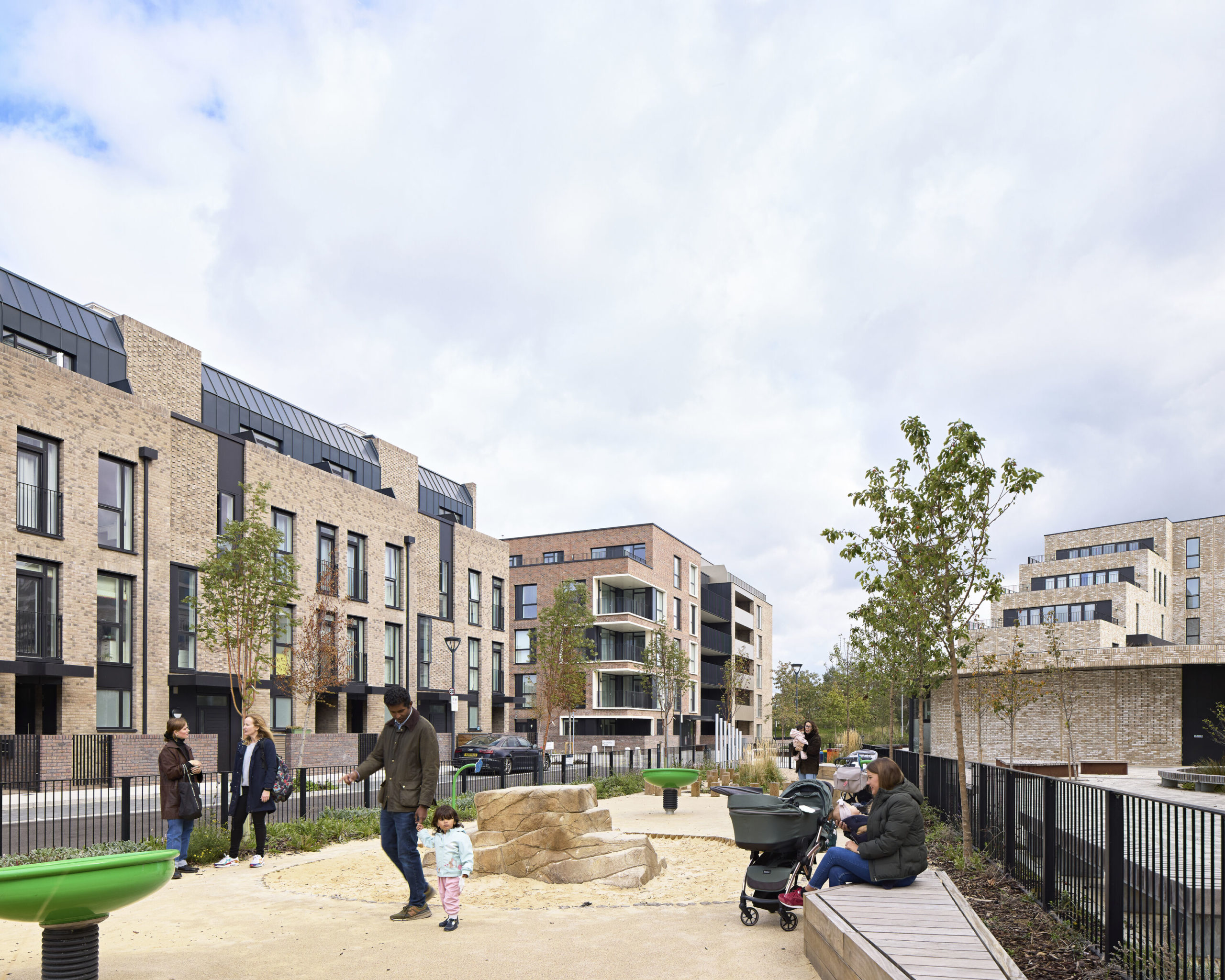
Transportation method
The above standard values are typical carbon factors showing the difference between transportation methods and their relative carbon intensity. For example, a freight flight creates 37 times more embodied carbon per kilometre than a cargo ship. These values demonstrate that travel by water should be maximised and by air avoided. The method of transportation generally depends on where the material is coming from, although the same materials could sometimes be transported using a variety of methods, affecting cost and time, though these are usually out of the architect’s control. Perhaps in the future, specifications should include clauses to require transportation by low-emissions vehicles or sea freight wherever possible.
For one of our current projects , three types of stone have been chosen, sourced from Sweden, Portugal and South Africa, and all need to be brought to the curtain wall factory in Germany (Stage A2) before the assembled unitised panels are brought to site (Stage A4). This diagram demonstrates how the method of transportation impacts on embodied carbon. Although Sweden and Portugal are similar in distance to the German assembly plant, stone from Portugal produces nearly three times as much in transport carbon emissions, as all the travel is via roads. Although South Africa is a lot further away, the transport emissions are comparable to Portugal because most of the distance is over sea. This shows that the specification of heavy materials such as stone isn’t always about choosing the closest source.

Transport distance
To see the impact of distance, we will start by looking at hand-set stone on its own, without a backing system. For this comparison, we have looked at limestone, which can be mined in several locations around the world: indicatively Portland in Dorset, Chamesson in France, and Xiamen in China. These demonstrate that, while assuming the same embodied carbon in manufacture (A1-A3), the transport emissions vary greatly depending on the distance the material has travelled.
In these instances, the transport to site (A4) can vary between 19% and 260% of the manufacture value. By focusing only on the emissions during manufacture would be to ignore between 16% and 72% of the overall emissions. The fourth example in the scenarios above is to reuse stone from the demolition of an existing building. The embodied carbon required for stone’s removal from a building and its refacing will be different for each project, however this will also tend to be less than mining and cutting from larger blocks in a quarry. The big gain in reusing stone from an existing building is the potential to slash the transport emissions, processing the stone close to the new building site.
Construction weight
To understand the impact of weight on transport emissions, we will compare the four different facade systems reviewed in the previous blog post, so that the transport value is directly comparable to their manufacture values.
As previously mentioned, weight has a big impact on emissions, with heavier material burning more fuel per kilometre during travel. However, weight must always be considered alongside distance. For example, a precast concrete facade panel has comparable transport emissions to a cross-laminated timber (CLT) panel, despite being a lot heavier, because it’s likely to be manufactured in the UK rather than transported from Scandinavia or Eastern Europe. Unitised curtain walling also results in similar transport emissions, even though it’s a lot lighter than CLT or precast, if the stone facing has to travel to the cladding factory and then to site.
It is essential to investigate Stage A2 transport values for off-site manufactured components, such as precast and unitised facade systems. The A1-A3 values published in Environmental Performance Declarations (EPDs) usually assume local manufacture for the A2 values, but when the materials are transported to a separate manufacture plant to be combined with other components, the additional transport carbon emissions need to be calculated. This means that although unitised cladding is the lightest system, it can be the worst for transport.

Conclusion
The simple logic of transport emissions is that the heavier something is and the further it needs to be transported, the greater the transport emissions will be. However, our scenario studies show that there is a much finer grain of factors that needs to be investigated for each project. Assuming a simple percentage for transport emissions is likely to be misleading, especially for off-site manufacture where different materials come together in a third-party factory. Our designs should be mindful of how many separately produced components are required and where these can be sourced. The lower-carbon our systems become, the greater the impact of transport emissions will be.
Note: We have used the Albion Stone EPD value for stage A1-A3 in all of these transport scenarios in order to look at the impact of transport in isolation and to allow theoretical comparisons. However, Albion Stone is one of the lowest carbon stone suppliers in the world and is not generally representative of other stone sources. It’s always important to check and compare a range of EPDs.





























































































































































































































































































